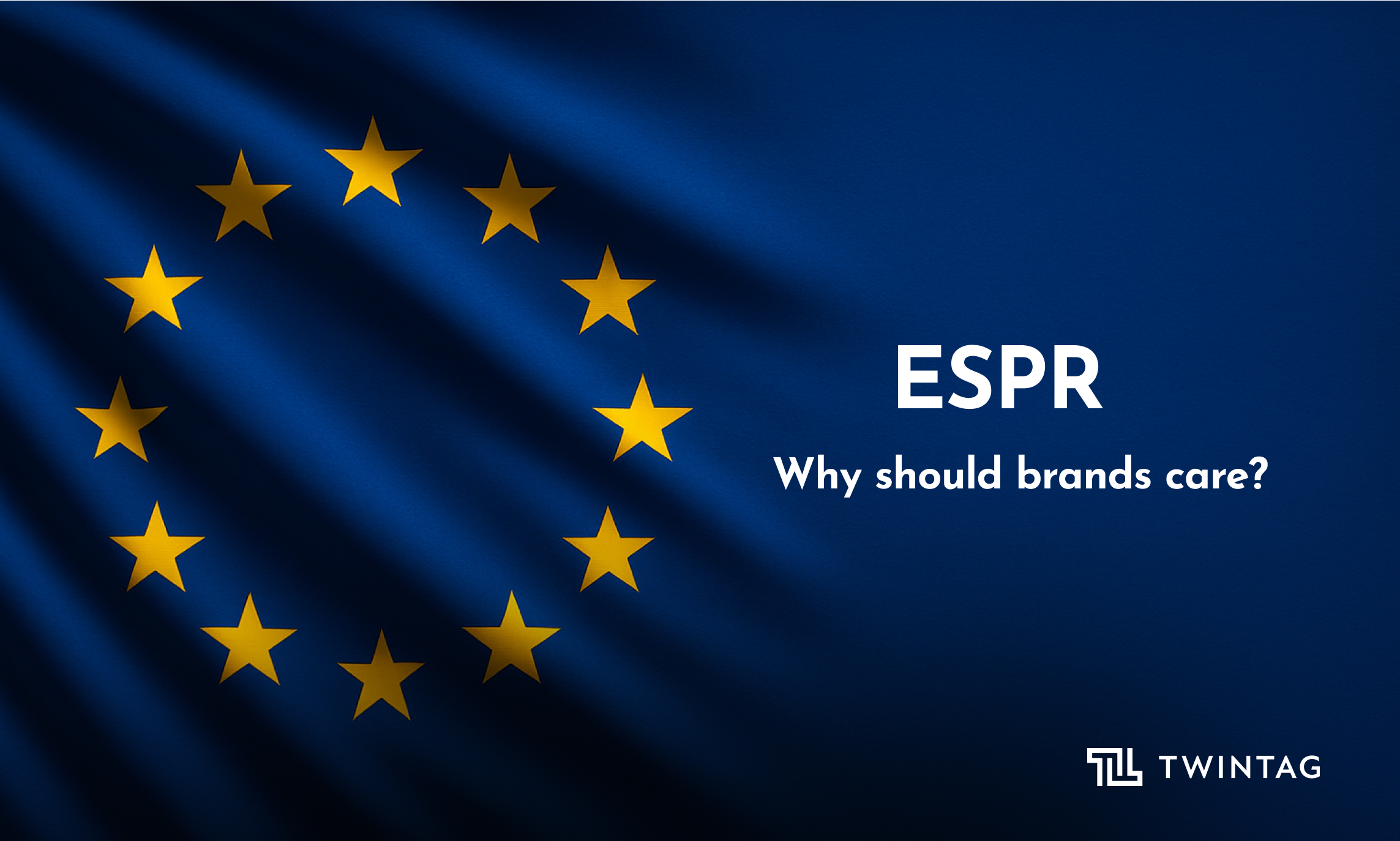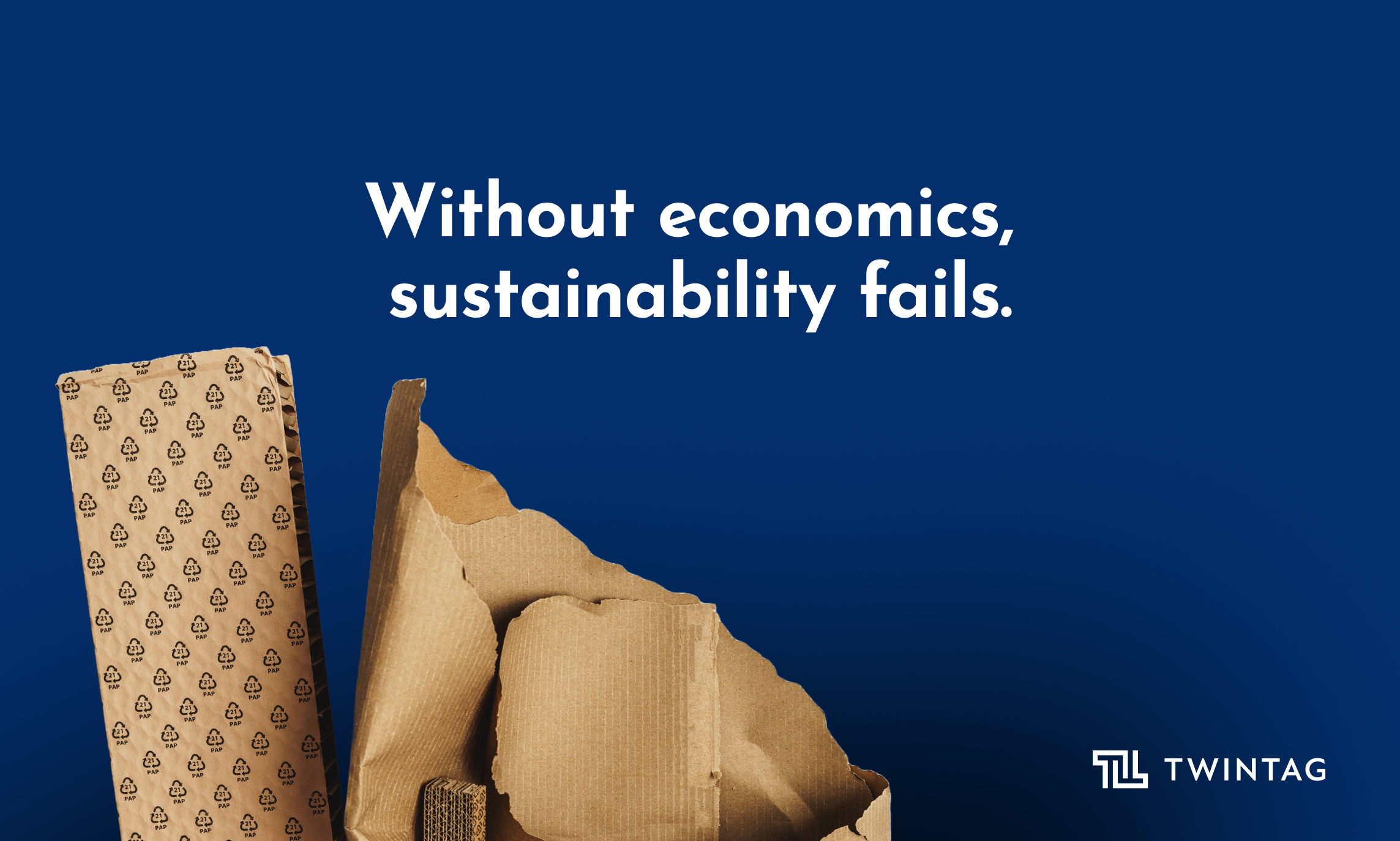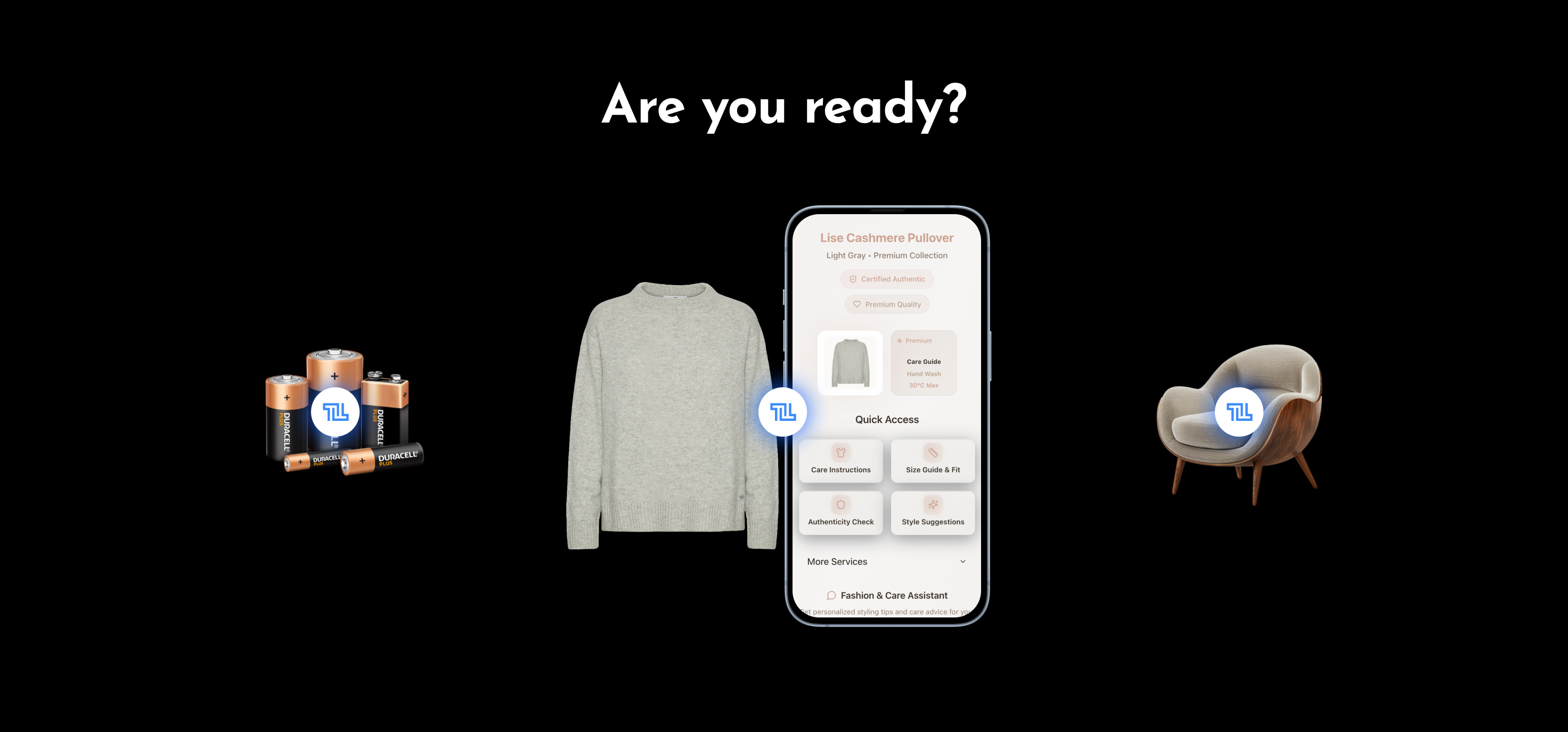More than a label: how dynamic QR codes transform packaging and build value across the supply chain
Packaging producers are at a pivotal moment, with new opportunities ready to be seized.
.png)
On one side, packaging producers face growing regulatory pressures, like the Packaging and Packaging Waste Directive (PPWD) and stringent ESG requirements, demanding more transparency and sustainability. On the other hand, they’re in an advantageous position to drive real innovation. They have a close relationship with the manufacturers of the products they package, giving them influence, leverage, and a path to differentiation.
But “with great power comes great responsibility.” To survive and thrive in a world of growing regulatory demands, packaging producers must innovate—not just to comply but to lead. One powerful way to stand out is through dynamic QR codes. They transform the packaging into a multi-use digital channel that can streamline regulatory compliance, enhance transparency, and add new layers of value.
In the article below, we’ll dive into the win-win-win of these digital tags, exploring the benefits they offer across key stakeholders—brand owners or product manufacturers, retailers, end customers, and the packaging manufacturers themselves. Smart, future-proof upgrades like these aren’t just compliance tools; they make financial sense. They give manufacturers the flexibility to adapt, build new consumer connections, offer seamless product interactions, and generate new (more circular) business models—all through a single, digitalized platform.
Unlocking new value with digital tags: what’s in it for packaging producers
For packaging producers, adding digital tags or dynamic QR codes opens new doors, turning the packaging from just a container into a value-driving asset. Here’s why it makes sense:
Service expansion and new revenue streams:
- By incorporating digital tags, packaging producers can offer not only reusable packaging but also digitally connected solutions. This adds value for brand owners and retailers by enabling services like data insights as a service.
- These insights can help brands understand customer patterns, crate usage, and optimize the supply chain. This can also lead to new revenue streams by renting out crates or charging for the data collected.
Improved lifecycle management:
- With dynamic QR codes, packaging producers can help brands track the lifecycle of their crates, improving visibility on crate usage, returns, and conditions. This means longer-lasting crates and reduced manufacturing costs in the long run, positioning packaging producers as key enablers of circularity and sustainability.
Sustainability visibility:
- Packaging with digital tags can showcase the sustainability efforts of both the packaging producer and the brand. QR codes can link to Digital Product Passports, which highlight the materials, recyclability, and environmental impact of the packaging. This not only complies with regulations like the PPWR but also boosts the producer’s sustainability credentials in the market.
In short, adding dynamic QR codes makes packaging smarter, drives new revenue, and sets producers apart as sustainability leaders.
Benefits of dynamic QR codes on the packaging: brand owners
Dynamic QR codes aren’t just a label on packaging—they’re a key to unlocking value. For packaging producers, they go beyond compliance. They offer something much bigger: a way to add real value for their customers, the brand owners, by turning simple packaging into a connected experience.
For brand owners, it’s simple:
Consumer engagement
QR codes create a direct line to the customer. They help brands gather insights, offer personalized content, and run loyalty programs. Packaging turns into a way to differentiate and build deeper loyalty.
Efficiency
QR codes streamline operations. They help track inventory, reduce waste, and optimize returns—saving time and cutting costs.
Sustainability compliance
QR codes make it easier to meet regulations, like PPWR. They show transparency and boost a brand’s sustainability credentials in a way that stands out.
For packaging manufacturers, it’s an opportunity to offer a solution that helps brand owners do more—connect with customers, cut costs, and meet today’s sustainability demands. Without them? You miss all that potential.
Benefits of dynamic QR codes on the packaging: retailers
Retailers are the front line, the direct link between products and consumers. They have the power to drive change by choosing what products they highlight. If retailers prioritize sustainable, innovative packaging solutions, they are not just improving their operations but leading the shift towards a greener future.
So what’s in it for them?
Improved operational efficiency
With real-time tracking and sorting of crates, retailers benefit from faster stock replenishment and smoother logistics coordination. No more misplaced or lost crates—just streamlined operations.
Sustainability & compliance
These QR codes also collect data for accurate recycling participation reporting, helping retailers meet sustainability reporting and CSR initiatives without adding unnecessary complexity.
Customer experience
On the customer-facing side, the QR codes simplify return processes, enhancing the in-store experience and making it seamless for consumers to engage with sustainability efforts.
Benefits of dynamic QR codes on the packaging: end-customers
And finally, without the consumer, even the best sustainable innovations are just ideas on paper. It’s their participation that turns potential into impact. If customers choose sustainability—by engaging with digital tools like QR codes—they become part of a larger movement, making every purchase a step towards a better world.
Here’s what end customers gain from dynamic QR codes on packaging:
Simplified return process
A clear, easy-to-follow system for returning or recycling products, eliminating confusion.
Personalized experiences
Access to exclusive promotions, offers, and insights into the product’s sustainability, building a deeper connection with the brand.
Informed decisions
Transparency about the product’s environmental impact, helping customers make responsible purchasing choices.
Seamless engagement
QR codes enable consumers to interact with brands effortlessly, enhancing their overall experience while supporting sustainable practices.
The real-life use case: Retourpack, DW Reusables
DW Reusables, a Belgian packaging manufacturer, exemplifies how integrating digital tags can enhance reusable packaging solutions. In the Retourpack project that also involves Mivas, Cornet, and Carrefour, we transform traditional beer crates into connected, data-rich assets by embedding Twintag-powered dynamic QR codes.

These crates serve more than just a functional purpose; they offer an advanced data platform. The QR codes streamline logistics for Carrefour, boost promotional opportunities for Cornet, and create an effortless return process for consumers. Here’s a breakdown of the impact for each stakeholder:
Brand owners
Through QR codes, brand owner, Cornet, a beer brand of the Royal Swinkels Brewery, can create personalized marketing campaigns, drive loyalty programs, and collect valuable consumer data, ultimately boosting sales.
Retailers
Carrefour benefits from improved operational efficiency. With real-time digital tracking, the risk of crate loss is minimized, and logistics are simplified, making the return process smoother.
Crate Producer, DW Reusables
By adding digital services like usage analytics and lifecycle management, DW Reusables unlocks new service-based revenue streams (Packaging-as-a-Service) and further extends the value of their products.
End consumers
Consumers experience an easy, transparent return process and personalized offers through the QR codes, enhancing their engagement and overall experience.
DW Reusables don’t just meet regulatory demands; they leverage digital tags to turn packaging into a digital asset that benefits every stakeholder across the supply chain. The Retourpack project demonstrates how packaging innovation can drive efficiency, engagement, and sustainability.
Incorporating digital services into packaging is no longer just a nice-to-have; it’s a necessity. Packaging manufacturers are uniquely positioned to innovate by integrating dynamic QR codes, offering a seamless channel that fulfills compliance, sustainability, and customer engagement requirements. DW Reusables' work with Retourpack is just one example of how this approach can unlock new opportunities and extend value to all stakeholders.
The future of packaging lies in its ability to be more than just a physical product—it needs to be a digital service as well. For packaging manufacturers, this is the time to innovate, drive sustainability, and lead the way in shaping smarter, more connected products.


-min.png)



